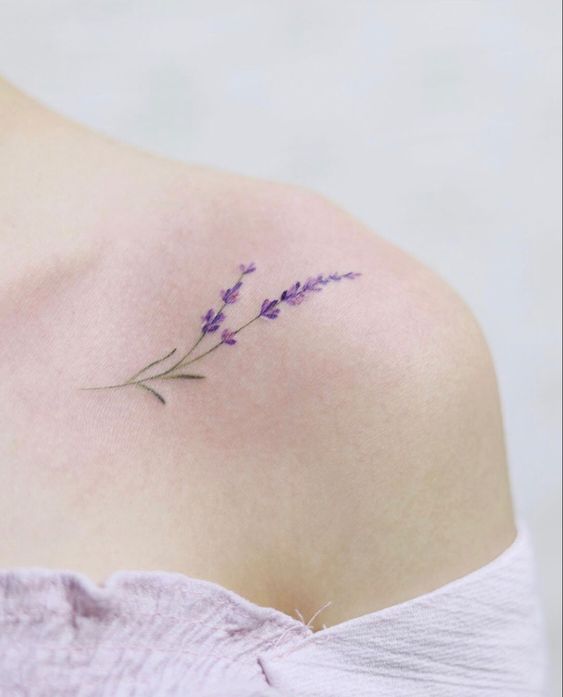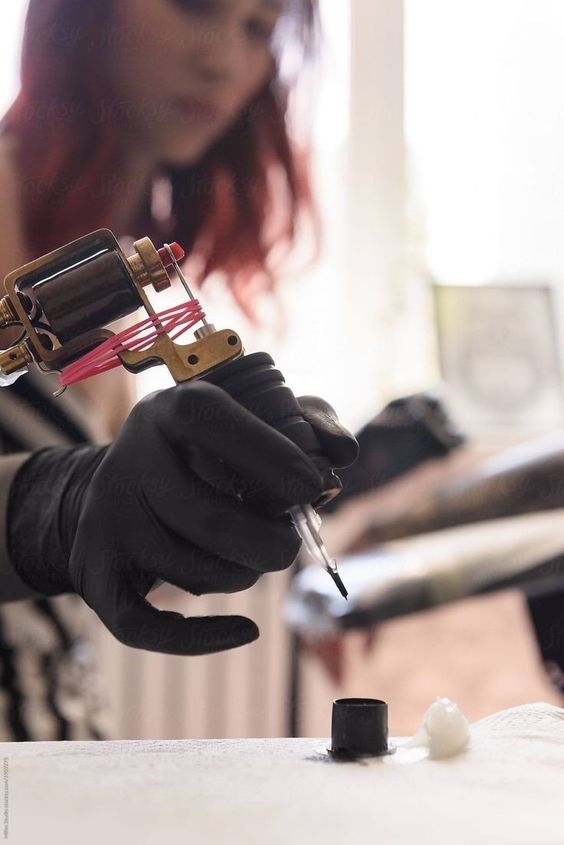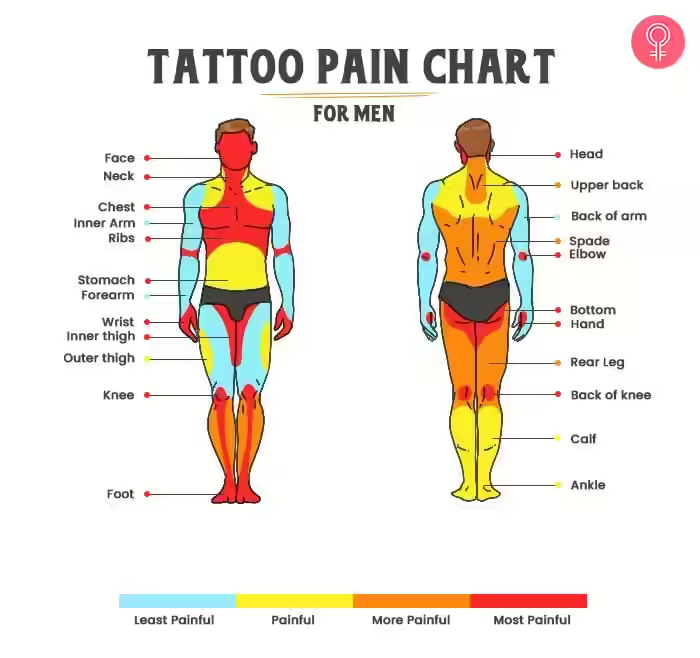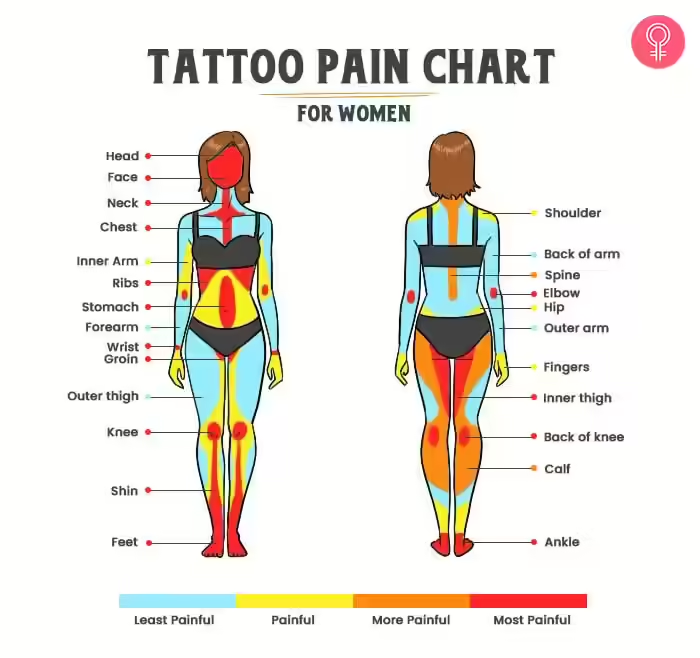Nipple piercings have gained popularity in recent years, with many individuals opting to adorn their bodies with this trendy form of body modification. If you’re considering getting a nipple piercing or simply curious about the topic, understanding the gauge size and length is essential. In this article, we will delve into the world of nipple piercing gauge sizes, explore the standard measurements, and provide you with all the information you need.
What Is a Nipple Piercing Gauge Size?
Nipple piercing gauge sizes refer to the thickness or diameter of the jewelry used for nipple piercings. Understanding these gauge sizes is essential for both piercers and individuals interested in getting their nipples pierced. Nipple piercings are a common form of body modification and can be aesthetically pleasing for some, as well as potentially providing sexual stimulation.
The gauge size for nipple piercings follows a standard system that measures the thickness of the jewelry wire. It is important to note that the higher the gauge number, the thinner the wire. In the United States, the most common gauge sizes for nipple piercings range from 14 gauge (1.6mm) to 12 gauge (2.0mm). However, other countries may use different measurement systems or have slightly varying sizes.
To provide a clearer understanding, let’s delve deeper into the standard nipple piercing gauge sizes:
- 14 Gauge (1.6mm): This is the most commonly used size for nipple piercings. It offers a good balance between comfort and aesthetic appeal and is suitable for most individuals. Jewelry options for this gauge size include barbells, captive bead rings (CBRs), and circular barbells.
- 12 Gauge (2.0mm): Slightly thicker than 14 gauge, the 12 gauge size is an alternative option for nipple piercings. Some people may choose this size for a more substantial look or if they have larger nipples. Similar jewelry options to 14 gauge are available in this size.
It’s worth mentioning that there are other smaller and larger sizes available for nipple piercings, but they are less common:
- 16 Gauge (1.2mm): Although less common for nipple piercings, some individuals prefer this smaller size. It can be chosen for a more delicate or discreet appearance, especially for those with smaller nipples.
- 10 Gauge (2.4mm): Occasionally, individuals with larger nipples or those seeking a more prominent look may opt for 10 gauge jewelry. This size offers a thicker and more noticeable piece of jewelry.

You should consult with a professional piercer who can assess your anatomy and advise you on the most suitable gauge size for your nipple piercing. They will consider factors such as nipple size, shape, and personal preferences to ensure a comfortable and aesthetically pleasing outcome.
Additionally, it’s essential to be aware that during the healing process, which typically takes several months, it is recommended to stick to the initial gauge size chosen by the piercer. Once the piercing is fully healed, which can take up to a year or longer, you can explore different gauge sizes and jewelry styles.
Understanding the standard nipple piercing gauge sizes allows individuals to communicate effectively with their piercers, make informed choices about jewelry selection, and ensure a successful and comfortable nipple piercing experience. Remember, always prioritize safety, hygiene, and seek professional advice when considering any body modification procedure.
Determining the Ideal Nipple Piercing Length
In terms of length, standard nipple piercing barbells typically range from 12mm to 16mm. The appropriate length will depend on various factors such as nipple size, swelling during the healing process, and personal preference. It’s essential to choose a barbell length that provides enough room for swelling and allows for proper cleaning and maintenance. Several factors need to be considered when determining the appropriate length, including nipple anatomy, tissue thickness, jewelry style, and personal preference.

Firstly, nipple anatomy plays a significant role in determining the ideal length. Longer nipples may require longer jewelry to accommodate their size, while shorter nipples may necessitate shorter lengths to prevent excessive protrusion.
Secondly, tissue thickness is a critical factor to take into account. Thicker tissue requires longer jewelry to ensure it sits comfortably within the piercing and does not pinch or press against the skin. Conversely, thinner tissue may require shorter jewelry to prevent excess protrusion or discomfort. A professional piercer will assess the tissue thickness prior to the piercing and make recommendations based on their expertise.
The chosen jewelry style also influences the ideal length. Nipple piercings typically use barbells or rings. Barbells consist of a straight bar with two beads on either end, while rings form a complete loop that encircles the nipple. Barbell lengths should be selected to accommodate the nipple width, allowing slight movement without excessive pressure. Rings, on the other hand, should have sufficient diameter to encircle the nipple comfortably without causing excessive tightness or stretching.
Nipple piercings tend to swell initially after the procedure. Piercers often take this into consideration by initially using slightly longer jewelry to accommodate the swelling. Once the initial swelling subsides, the jewelry can be downsized to a more comfortable and appropriate length. This downsize generally takes place after several weeks of healing, and it is crucial to consult with a professional piercer to determine the ideal timing for jewelry adjustment.
Lastly, personal preference plays a role in choosing the ideal nipple piercing length. Some individuals may prefer a more discreet look with shorter jewelry, while others might enjoy the aesthetic of longer jewelry that extends beyond the nipple.
Aftercare and Healing Considerations
Once you’ve had your nipple pierced, proper aftercare is crucial for optimal healing and minimizing the risk of complications. Here are some general guidelines to follow:
Cleanse the piercing twice a day with a saline solution or a mild, fragrance-free soap.
Avoid touching the piercing with dirty hands to prevent infections.
Wear loose-fitting clothing to minimize friction and irritation.
Avoid submerging the piercing in pools, hot tubs, or other bodies of water until it is fully healed.
Consult your piercer if you experience any signs of infection or have concerns about the healing process.
Conclusion
Nipple piercings can be a bold and fashionable form of self-expression, but understanding the gauge size and length is crucial before taking the plunge. By familiarizing yourself with the standard gauge sizes of 14G and 12G, as well as the different lengths for straight barbells and captive bead rings, you can make an informed decision and ensure a successful piercing experience. Remember to prioritize proper aftercare to promote healing and maintain the beauty of your nipple piercings.






